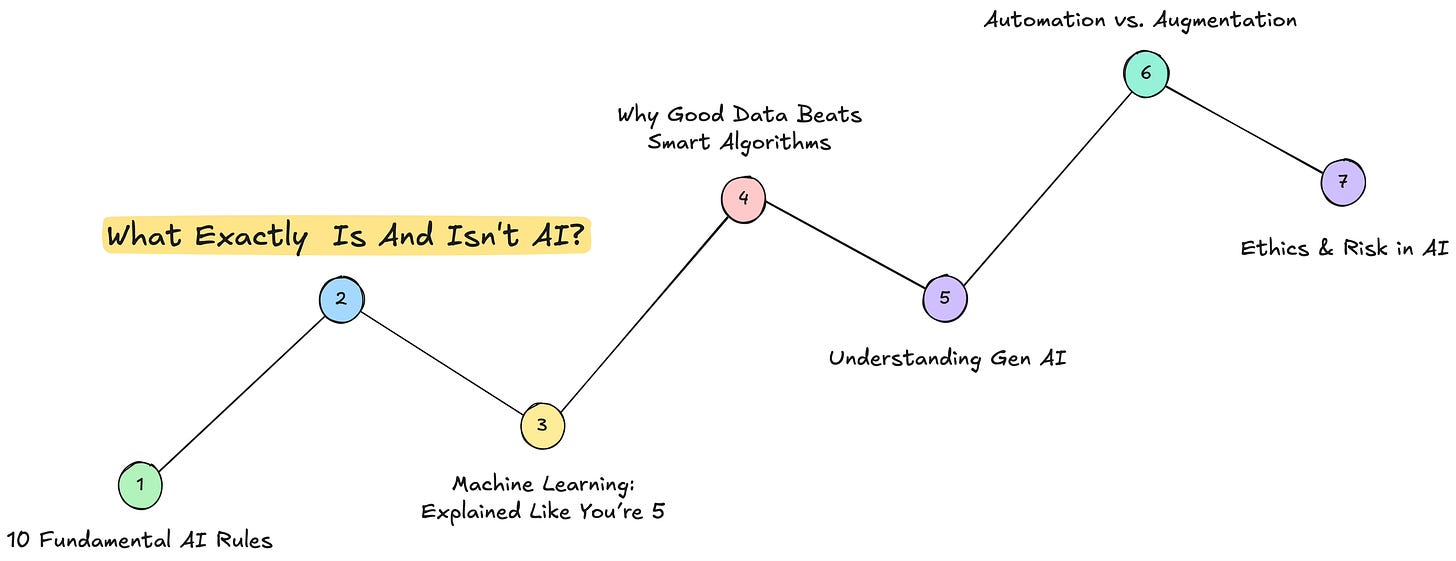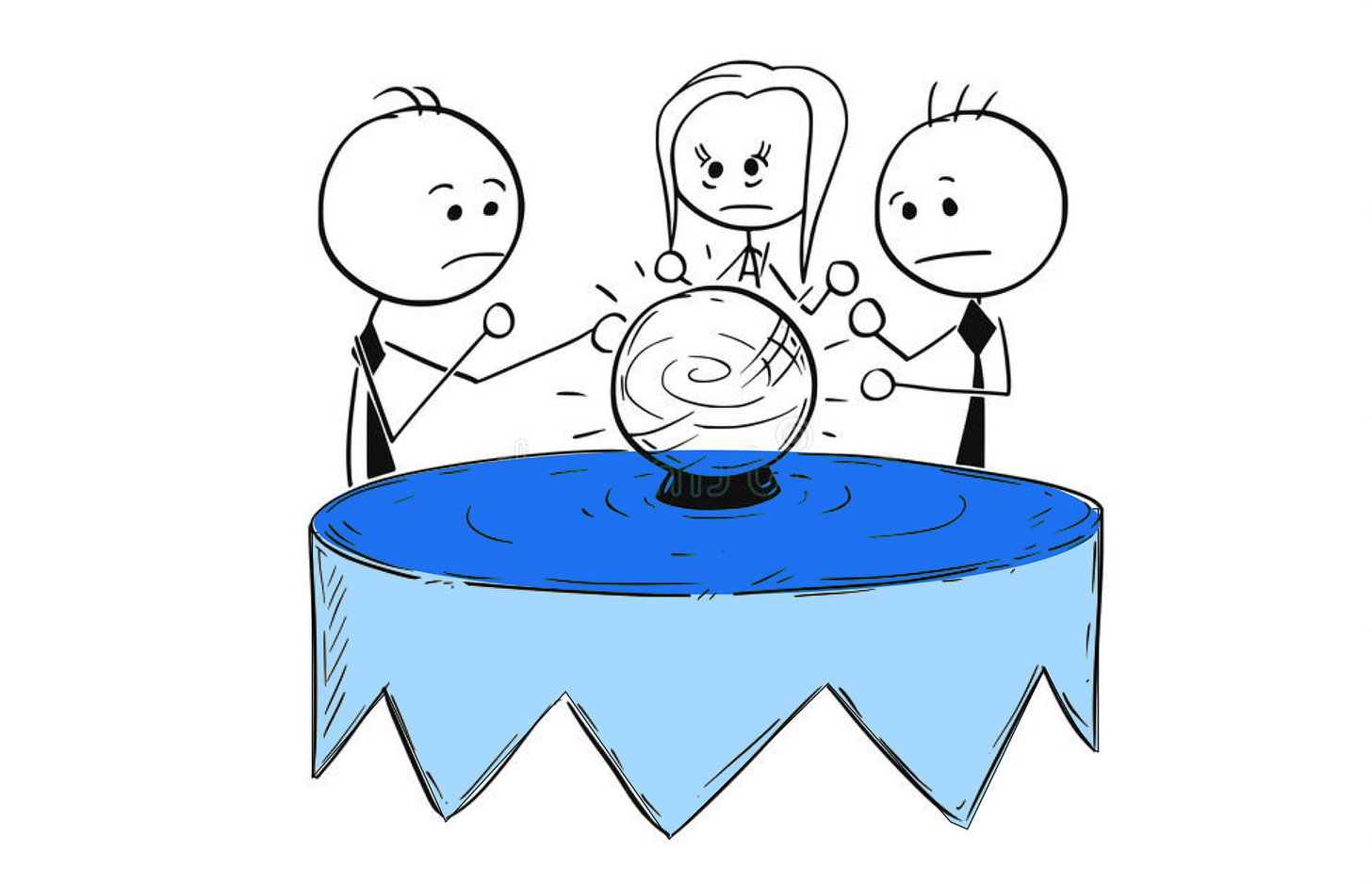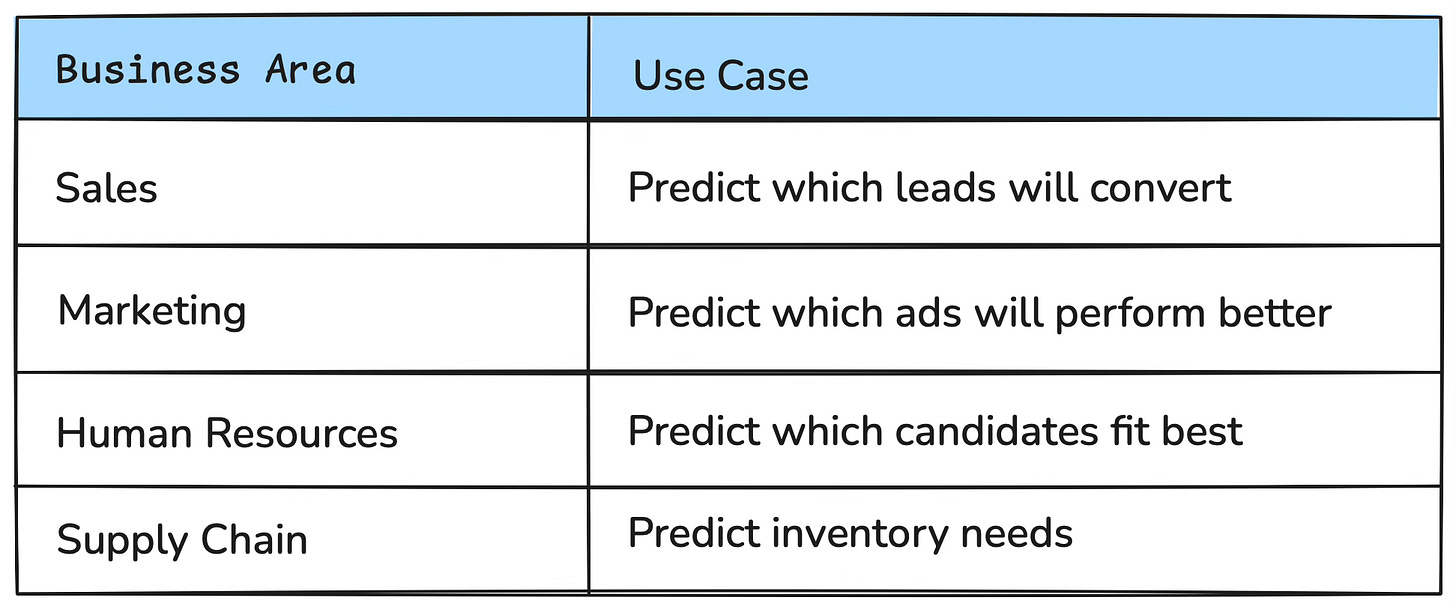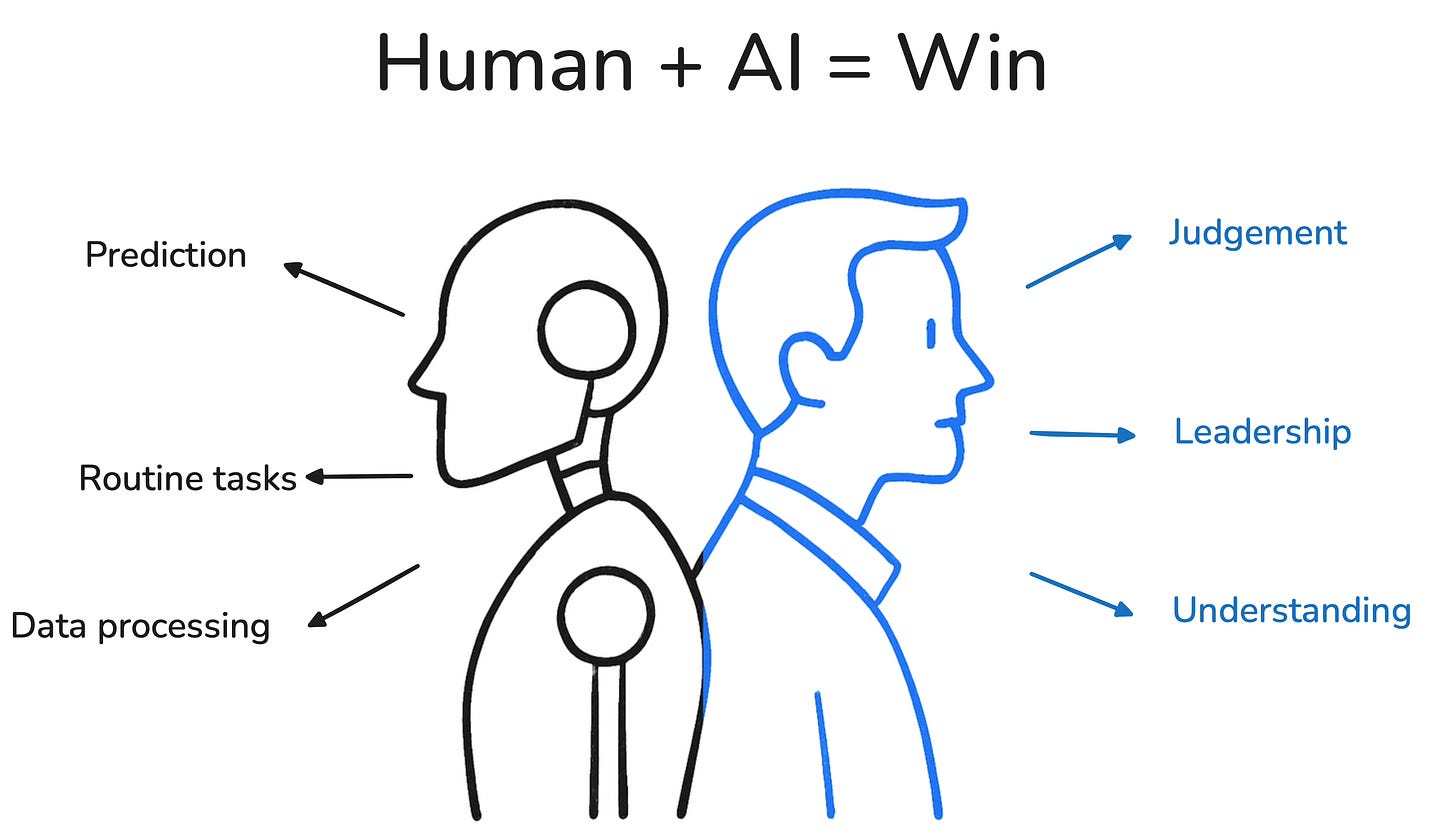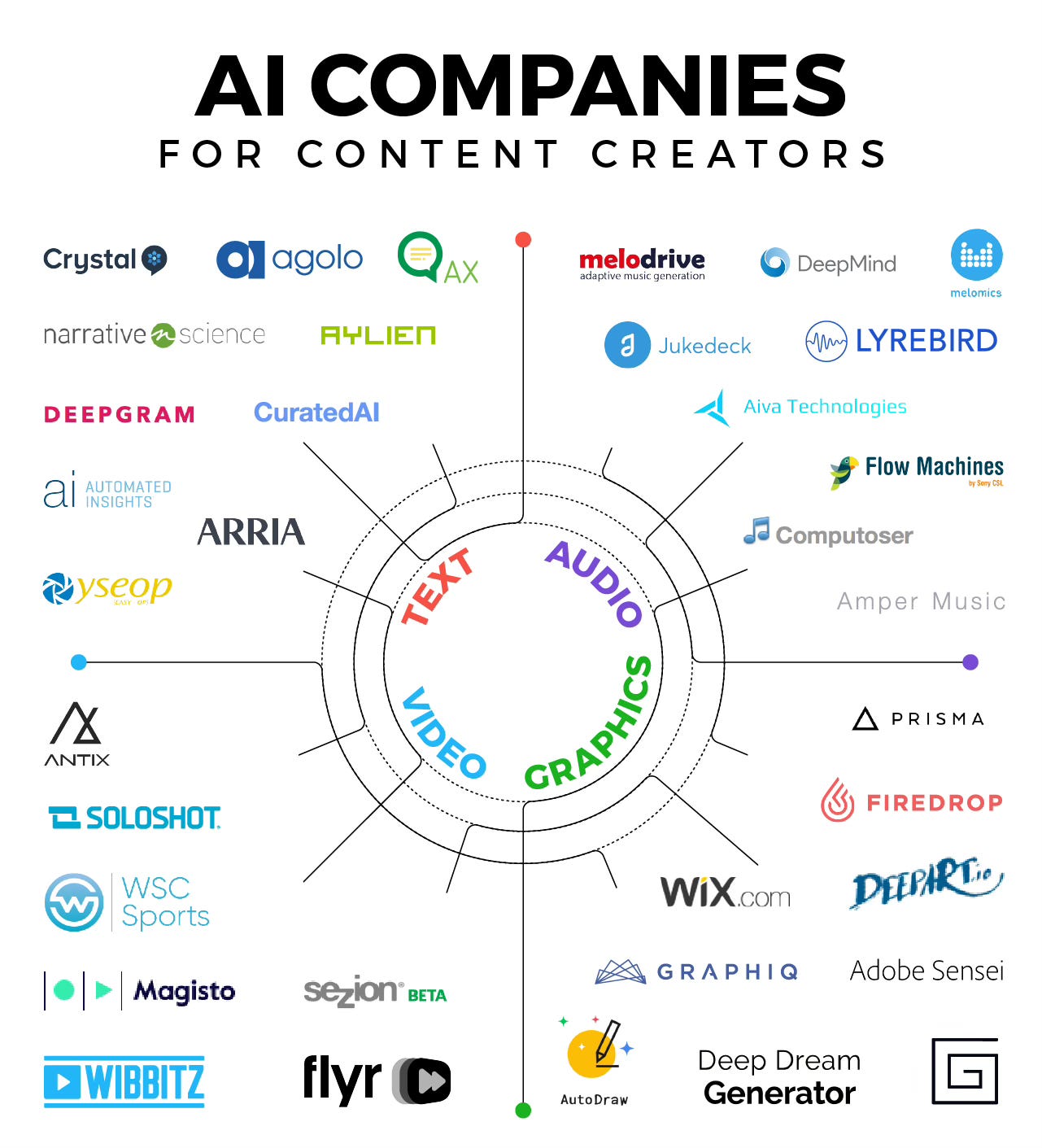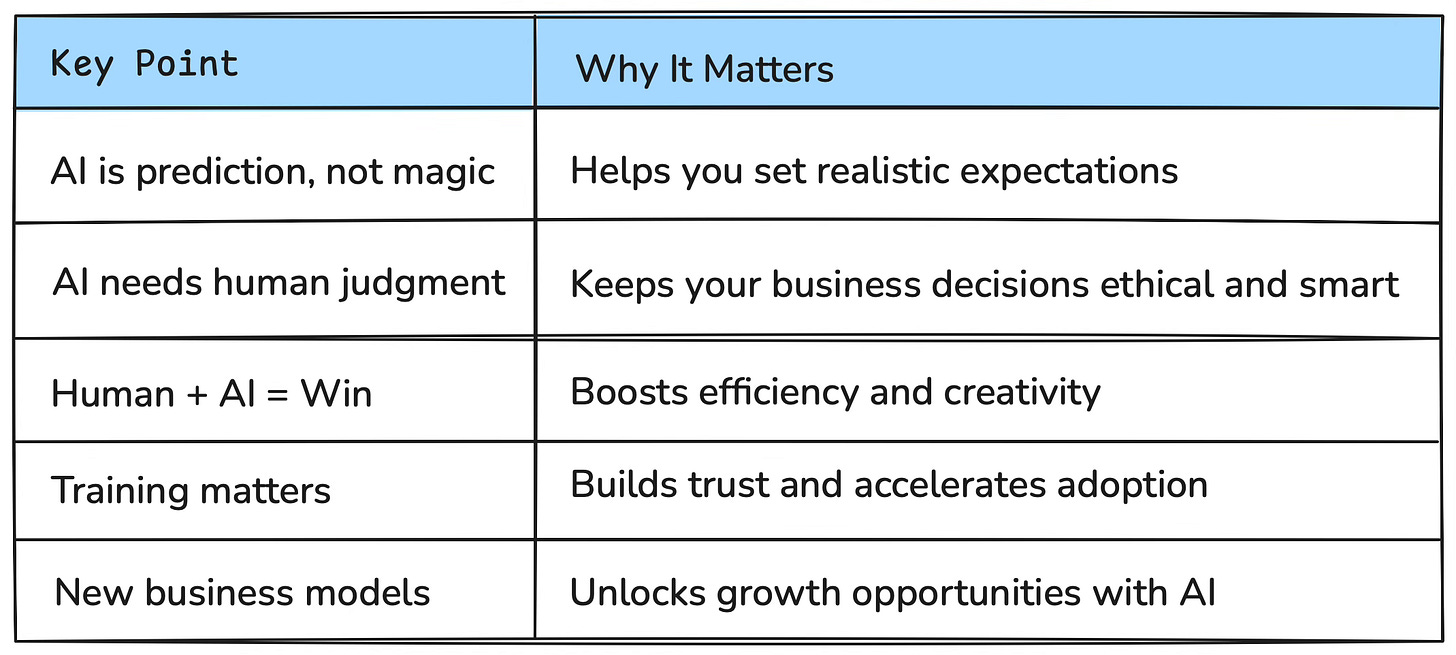Before we begin…
This is the 2nd newsletter of my AI Fundamentals Playbook Series.
If you still haven’t read it… here’s the first one!
Enjoy:)
AI is extremely famous today.
Some say it will replace our jobs.
Some say it will rule us and the world.
This newsletter will cut through your confusion and tell you what AI really is — and what it’s not.
AI can feel complicated.
Experts use words like "neural networks," "deep learning," and "super-intelligence."
It sounds scary and exciting at the same time.
But if you're a business leader, you don't need the hype — you need the truth.
In this post, I’ll define AI simply, show you real examples, explain how to work with AI smartly, and give you clear action steps to start today.
By the end, you’ll understand how to use AI to boost your business without getting lost in myths.
A Simple Definition
AI is not magic.
AI is ‘machines making predictions based on data’.It’s like a very smart calculator — not a brain, not a person. It takes what it has seen before and guesses what might happen next.
Examples
Alexa: Alexa doesn’t "understand" you. It predicts the words you said and guesses what you might want based on past examples.
Netflix: Netflix doesn’t "choose" shows for you. It predicts what you might like based on what you watched before.
Common Misconceptions About AI:
Now that we know that AI is about smart predictions, not human thinking, let’s talk about how to use it well.
5 Steps Capitalizing On AI
1/ Understand What AI Can — and Can’t — Do
AI is amazing at narrow tasks like spotting patterns, recommending products, or recognizing speech.
But it can't think creatively, understand emotions, or solve big, messy problems the way people do.
✅ AI can read thousands of contracts quickly and spot missing terms.
❌ AI cannot negotiate a complex business deal with empathy and strategy.
✅ AI can flag fraudulent transactions.
❌ AI cannot replace a judge in court because it lacks true reasoning.
When considering AI, always ask: "Is this a task where patterns matter more than emotions or strategy?" If yes, AI can help.
Once you know AI’s limits, you can see where it helps — and where you still need people.
2/ Focus on Prediction, Not Intelligence
AI is best thought of as cheap, fast prediction.
It helps you fill in missing information, not "think" like a human.
It can predict if a loan will default.
It can predict which customer might churn.
It can predict the best route for delivery trucks.
It can predict the next word you might type (like autocomplete).
Thinking about "What predictions could help us?" opens doors to using AI in smart ways.
3/ Combine Humans + AI for Best Results
The best companies don’t replace humans with AI. They team humans and machines together.
AI handles routine tasks: searching documents, spotting fraud, summarizing reports.
Humans do what AI can’t: lead teams, create new ideas, make judgment calls.
At one major global bank, AI reviews thousands of loan applications every day, flagging risky ones for human underwriters to review.
This saves time but keeps critical decisions with experienced staff.
Checklist: How to Mix Human + Machine
✅ Use AI for routine, data-heavy tasks.
✅ Keep people in the loop for judgment and leadership.
✅ Train teams to understand and question AI outputs.
✅ Design workflows where AI suggests, and humans decide.
Now, let's dive even deeper into strategies that successful companies use.
4/ Train Your People to Work with AI
Your AI investment will fail without a workforce that understands how to use it.
Provide basic AI literacy training for all employees.
Teach them how to question and validate AI predictions.
Encourage a mindset of "AI as a teammate," not a threat.
People fear what they don't understand. Training reduces fear, builds trust, and increases adoption of AI tools.
Once people are ready to work with AI, it’s time to think bigger about innovation.
5/ Rethink Your Business Models with AI
AI doesn't JUST make current operations faster. It can create entirely new ways to deliver value.
Visual credit: Wibbitz
AI can enable new pricing models (e.g., usage-based pricing in SaaS).
AI can help create proactive services (e.g., maintenance before failure).
AI can shift business focus (e.g., from selling products to selling outcomes).
John Deere now uses AI and sensors to offer "precision agriculture" — helping farmers grow more with fewer resources.
They sell not just tractors, but better harvest outcomes.Now, let’s wrap it all up and focus on simple next steps for you.
Conclusion
Today, you learned that AI is about making better predictions, not about making smarter "people-machines."
It's a tool to make your business smarter and faster.
Businesses that understand this — and build Human + AI teams — are already pulling ahead.
Those stuck in the "man vs. machine" mindset are falling behind.
AI is not about replacement. It is about supercharging human capabilities.
Ask yourself today: Where can smarter predictions make my business faster, better, or more creative?
► Start small.
► Pick one workflow.
► Add an AI tool.
► Empower your team to work with it.
► Rethink your future.
Success will follow.
Sources:
Human + Machine: Reimagining Work in the Age of AI
Competing in the Age of AI
Prediction Machines: The Simple Economics of Artificial Intelligence
The Master Algorithm
Artificial Intelligence: A Guide for Thinking Humans


